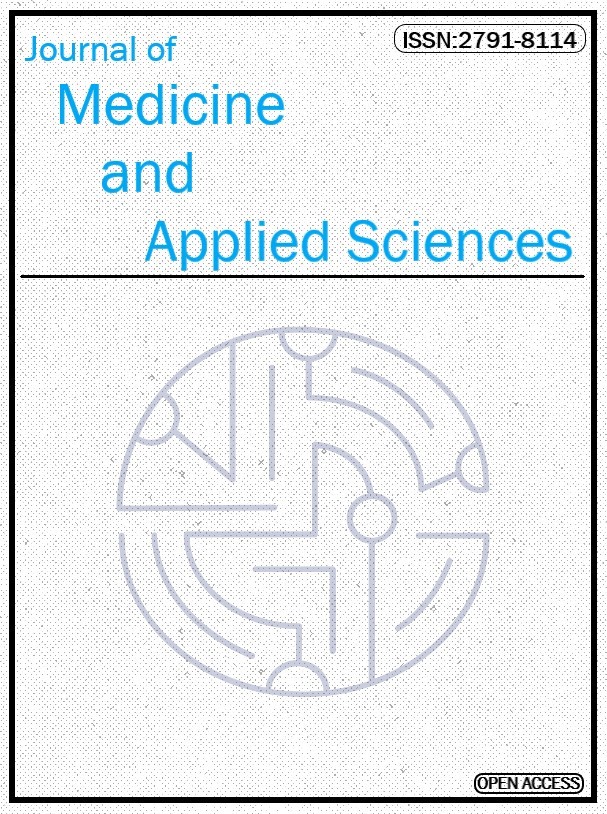Automatic Segmentation of Cerebral Infarct Tissue by Using Computed Tomography Perfusion Maps
Keywords:
Stroke, Segmentation, Infarct, Automatic, PerfusionAbstract
Computed tomography (CT) perfusion maps are dependent to conditions like patient age, blood pressure, vessel structure and parameters like arterial input choice. Thresholds for stroke infarct and penumbra are well established in literature but they may sometimes lead to misdiagnosis. The aim of the study was to develop a full automatic reliable segmentation algorithm for infarct core by making use of cerebral blood flow (CBF), cerebral blood volume (CBV) and mean transit time (MTT) perfusion maps. We applied the presented method first to digital phantom data. After optimization of the algorithm in phantom data, final algorithm was tried on 21 real patient data retrospectively. The results from pathology-mimicked phantom data were compared with magnetic resonance (MR) diffusion weighted images of the mimicked patient images. The results showed that infarct segmentations were consistent with real pathology information. We compared our results with a commercial neuro perfusion software results on identical patient group. The results showed that infarct segmentations were consistent with priori pathology information and commercial software results with including greater true positive (TP) and less false positives (FP) rates.
Downloads
Published
How to Cite
Issue
Section
License
Copyright (c) 2022 Journal of Medicine and Applied Sciences

This work is licensed under a Creative Commons Attribution-NonCommercial-NoDerivatives 4.0 International License.



